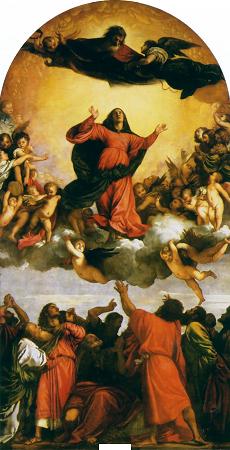Vespasian (c1600). Etching, engraving. 35 x 42. Vespasian was Roman Emperor from AD 69 to AD 79. Vespasian founded the Flavian dynasty that ruled the Empire for twenty seven years. Vespasian was from an equestrian family that rose into the senatorial rank under the Julio-Claudian emperors. Although he fulfilled the standard succession of public offices, and held the consulship in AD 51, Vespasian's renown came from his military success: he was legate of Legio II Augusta during the Roman invasion of Britain in 43 and subjugated Judaea during the Jewish rebellion of 66. While Vespasian besieged Jerusalem during the Jewish rebellion, emperor Nero committed suicide and plunged Rome into a year of civil war known as the Year of the Four Emperors. After Galba and Otho perished in quick succession, Vitellius became the third emperor in April 69. The Roman legions of Roman Egypt and Judaea reacted by declaring Vespasian, their commander, emperor on 1 July 69. In his bid for imperial power, Vespasian joined forces with Mucianus, the governor of Syria, and Primus, a general in Pannonia, leaving his son Titus to command the besieging forces at Jerusalem. Primus and Mucianus led the Flavian forces against Vitellius, while Vespasian took control of Egypt. On 20 December 69, Vitellius was defeated, and the following day Vespasian was declared Emperor by the Roman Senate. Vespasian dated his tribunician years from 1 July, substituting the acts of Rome's senate and people as the legal basis for his appointment with the declaration of his legions, and transforming his legions into an electoral college. Little information survives about the government during Vespasian's ten-year rule. He reformed the financial system at Rome after the campaign against Judaea ended successfully, and initiated several ambitious construction projects. He built the Flavian Amphitheatre, better known today as the Roman Colosseum. In reaction to the events of 68-69, Vespasian forced through an improvement in army discipline. Through his general Agricola, Vespasian increased imperial expansion in Britain. After his death in 79, he was succeeded by his eldest son Titus, thus becoming the first Roman Emperor to be directly succeeded by his own natural son and establishing the Flavian dynasty. Vespasian was born in a village north-east of Rome called Falacrinae. His family was relatively undistinguished and lacking in pedigree. His paternal grandfather, Titus Flavius Petro, became the first to distinguish himself, rising to the rank of centurion and fighting at Pharsalus for Pompey in 48 BC. Subsequently he became a debt collector. Petro's son, Titus Flavius Sabinus, worked as a customs official in the province of Asia and became a money-lender on a small scale among the Helvetii. He gained a reputation as a scrupulous and honest tax-farmer. Sabinus married up in status, to Vespasia Polla, whose father had risen to the rank of prefect of the camp and whose brother became a Senator. Sabinus and Vespasia had three children, the eldest of whom, a girl, died in infancy. The elder boy, Titus Flavius Sabinus entered public life and pursued the cursus honorum. He served in the army as a military tribune in Thrace in 36. The following year he was elected quaestor and served in Crete and Cyrene. He rose through the ranks of Roman public office, being elected aedile on his second attempt in 39 and praetor on his first attempt in 40, taking the opportunity to ingratiate himself with the Emperor Caligula. The younger boy, Vespasian, seemed far less likely to be successful, initially not wishing to pursue high public office. He followed in his brother's footsteps when driven to it by his mother's taunting. During this period he married Flavia Domitilla, the daughter of Flavius Liberalis from Ferentium and formerly the mistress of Statilius Capella, a Roman equestrian from Sabrata in Africa. They had two sons, Titus Flavius Vespasianus and Titus Flavius Domitianus, and a daughter, Domitilla. His wife Domitilla and his daughter Domitilla both died before Vespasian became Emperor in 69. After the death of his wife, Vespasian's longstanding mistress, Antonia Caenis, became his wife in all but formal status, a relationship that survived until she died in 75. In preparation for a praetorship, Vespasian needed two periods of service in the minor magistracies, one military and the other public. Vespasian served in the military in Thrace for about 3 years. On his return to Rome in about AD 30, he obtained a post in the vigintivirate, the minor magistracies, most probably in one of the posts in charge of street cleaning. His early performance was so unsuccessful that Emperor Caligula r
more...





